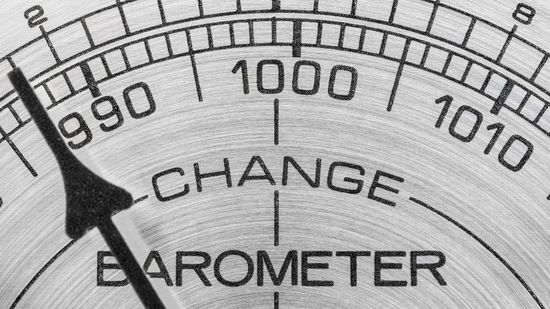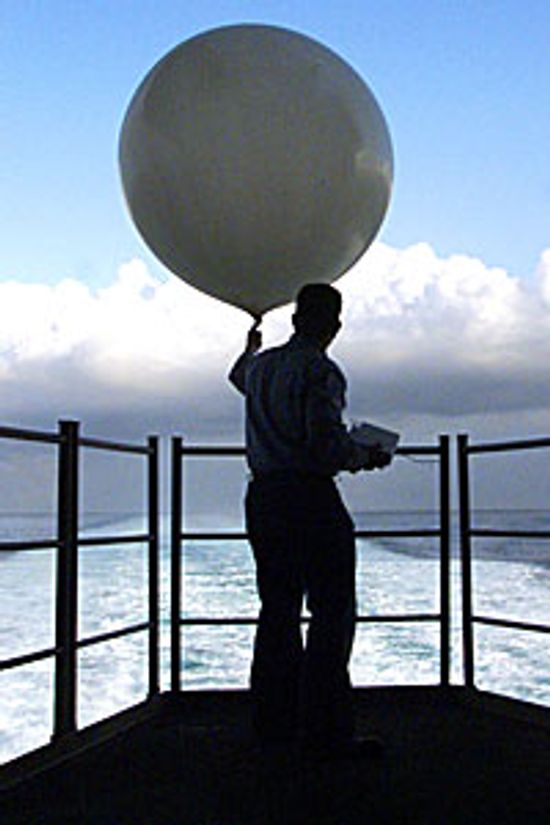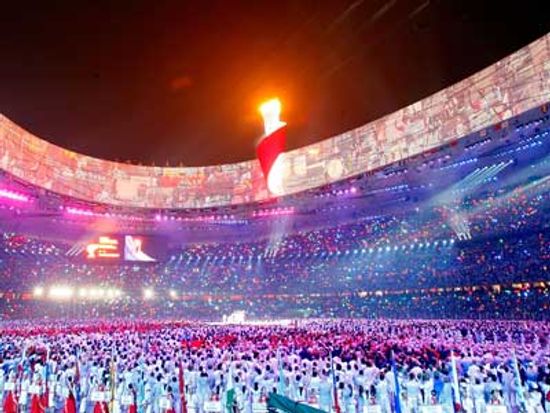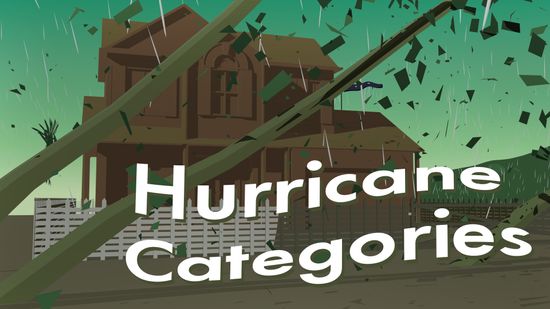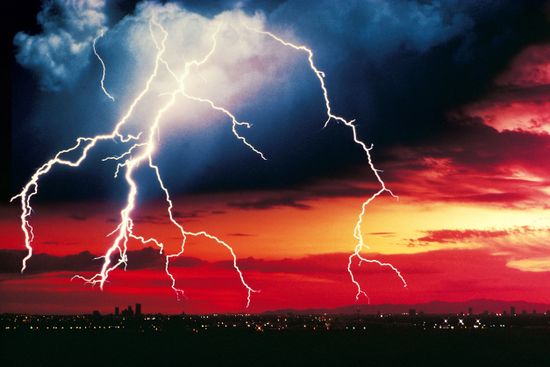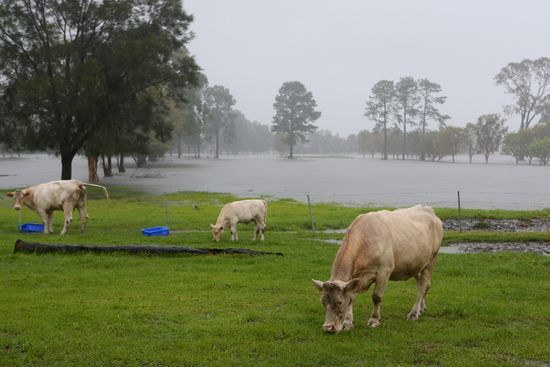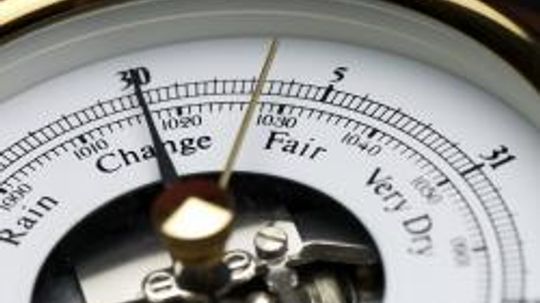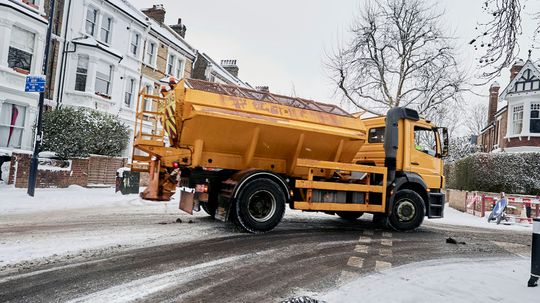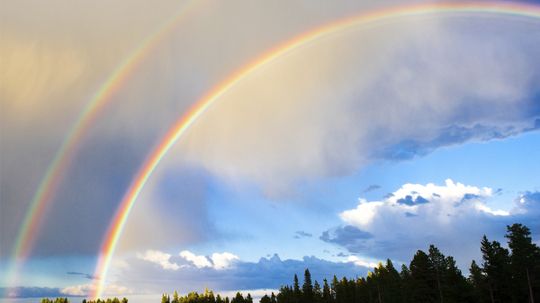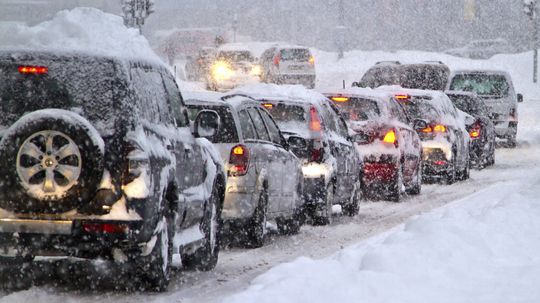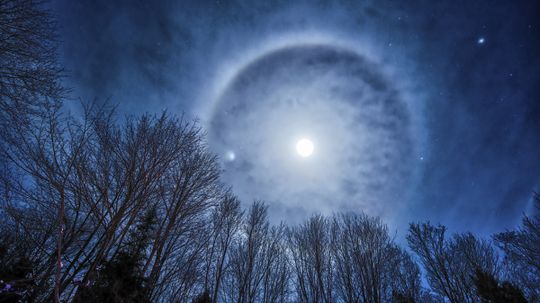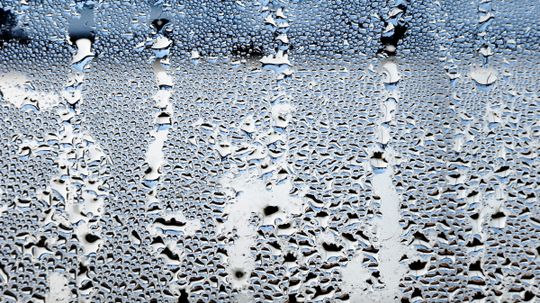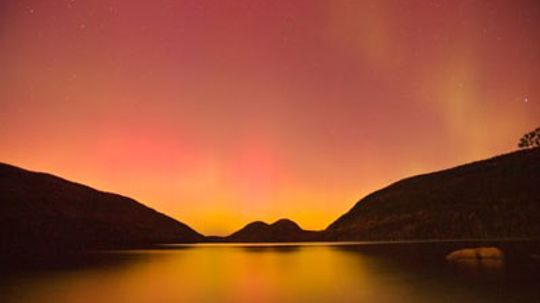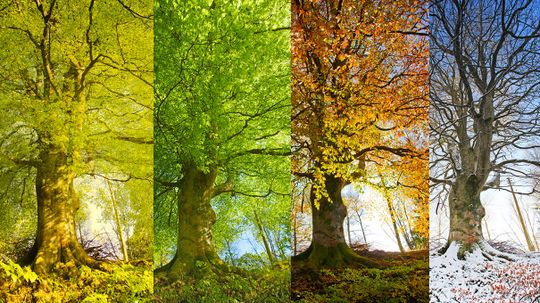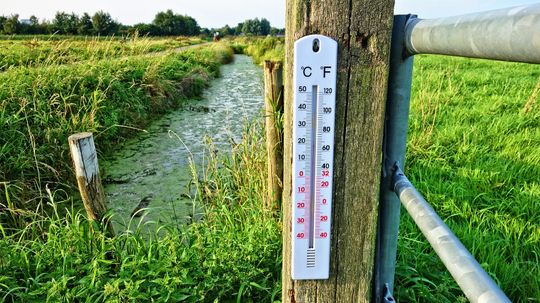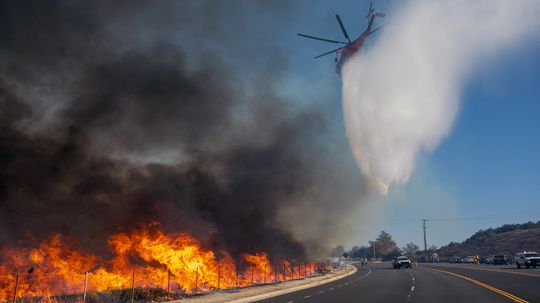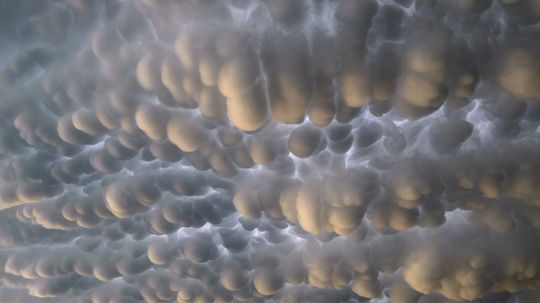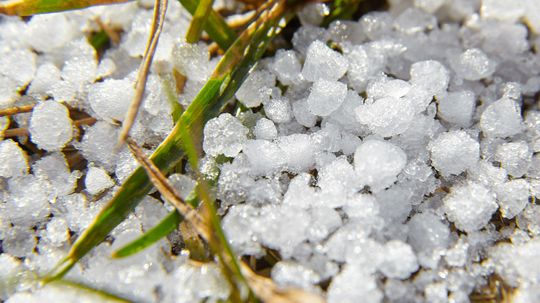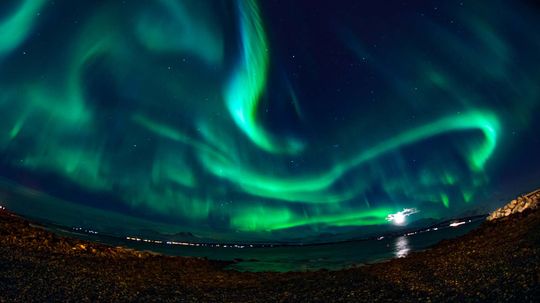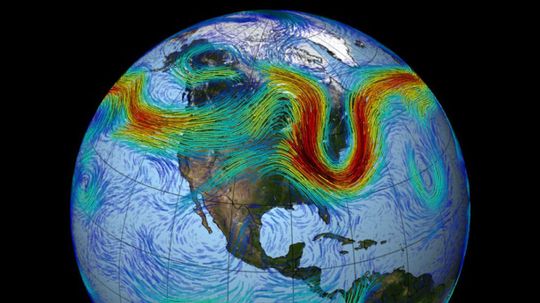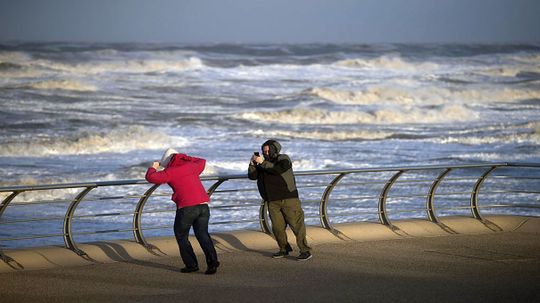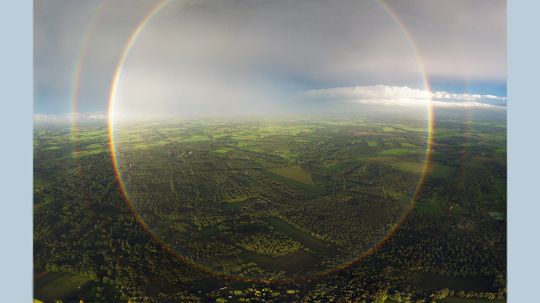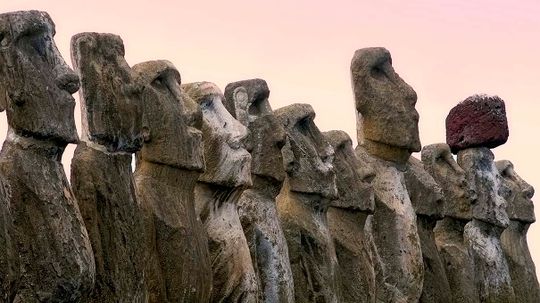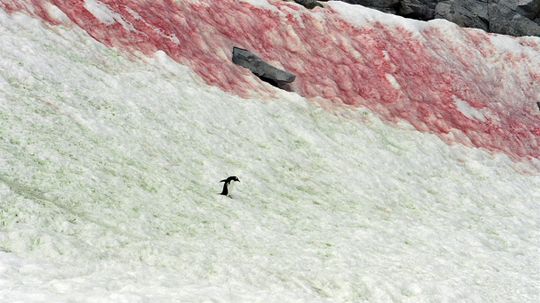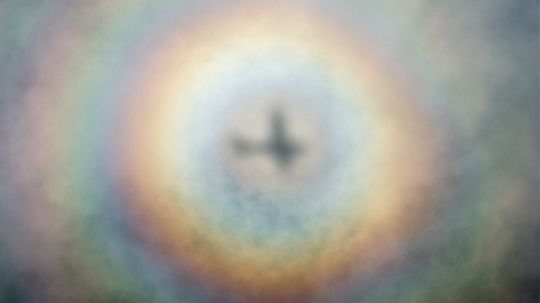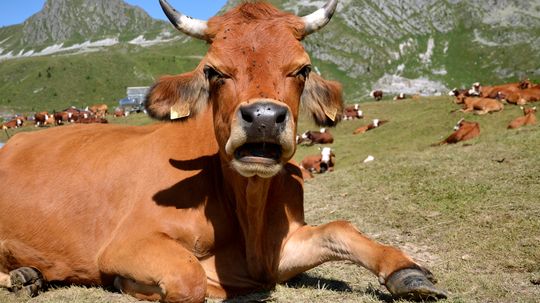Atmospheric Science
The atmosphere is the key to life on Earth. This thin layer is what protects us from the hostile environment of space. Here you can learn all about the atmospheric sciences.
Learn More / Page 2
Barometers are used to predict the weather. What exactly does it mean when the weatherman says the barometer is rising or falling?
Rock salt is the go-to for melting ice on the roadways. But why?
You've probably heard that no two snowflakes are alike, but how can that be true? Find out how molecules of water vapor come together to form these winter wonders.
Advertisement
One of the best things about autumn is watching the leaves change color to fiery hues of red, gold and orange. Some say a rainy summer leads to an extra-vivid leaf show. Is that true?
A double rainbow, man! Just the sight of one can send us babbling into happiness. And why not? Rainbows are beautiful. And two rainbows at the same time? Even better. But just how rare are these colorful arcs?
Your grandfather may swear that he can feel the onset of a harsh winter in his bones — and your family may swear it's true — but a lot of us would prefer a more scientific method for predicting what the winter may have in store for us.
We humans have figured out a lot of strange ways to measure the weather. A cricket's chirps can tell us the temperature. The open scales on a pinecone signal a dry spell. But can a ring around the moon really predict rainy days ahead?
Advertisement
It sure would be handy to know what the weather is going to be like for the next year. Unfortunately, there's just one problem: Weather is notoriously difficult to predict. So is the Farmers' Almanac accurate, or is it just blowing hot air?
If humid air is just air plus water, then it has to be heavier than dry air, right? Sure, if it was only a matter of simple addition, but molecular physics is a lot like a bouncer at a club: Nothing gets in unless something else goes out.
Auroras are stunning natural light shows that are visible only in certain parts of the world at certain times of the year. Where can you go to see one?
The four seasons experienced by Earth's midlatitude regions are being gradually altered by global warming — but a climate expert says they won't completely go away.
Advertisement
While most of the rest of the world has switched to Celsius, the U.S. continues to use the Fahrenheit temperature scale, apparently out of simple inertia.
These annual winds blow during Southern California's dangerous dry season, whipping up wildfires that can ravage thousands of acres.
By John Donovan
Mammatus clouds, which are made from falling air instead of rising air, are one of the most spectacular cloud formations you'll ever see.
Not to be confused with sleet, graupel is actually an interesting mix of snow and ice. But it's not hail. Graupel, get to know it.
Advertisement
California has experienced unprecedented rain lately, but the state is still in a drought. So why can't the rain falling now be saved for later?
Bluebirds symbolize optimism, happiness and hope for the future. For skiers, a "bluebird day" bodes well for a great day on the slopes, but hunters and anglers may as well stay home.
A geomagnetic storm could cause a spectacular aurora borealis Aug. 18 and 19 over parts of the continental United States, as far south as Illinois.
By Sarah Gleim
Polar temperatures are changing more rapidly than equatorial ones, making the jet stream slower and wider, and extreme events longer-lasting.
Advertisement
We've all seen shots of meteorologists fighting gale-force winds to report on storms. So just how high can the winds get before the reporters are knocked off their feet?
The simple explanation is you have to be in just the right spot and the conditions have to be perfect for you to see the entire 360 degrees.
By Mark Mancini
The danger to the iconic statues is now greater than ever due to erosion and higher-energy wave action caused by climate change.
By Amanda Onion
Red snow? Yes. It totally exists. And while it might look cool, it's not exactly what you want to see from Mother Nature.
By Mark Mancini
Advertisement
Very specific atmospheric conditions and just the right perspective are necessary to see the phenomenon.
Ever hear that saying that a cow lies down when rain is coming? This superstition may not be as udderly ridiculous as you think.
